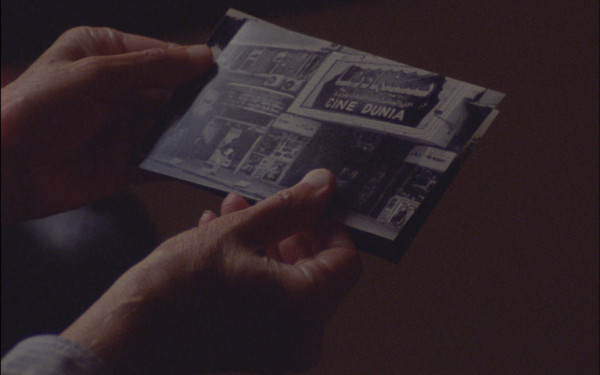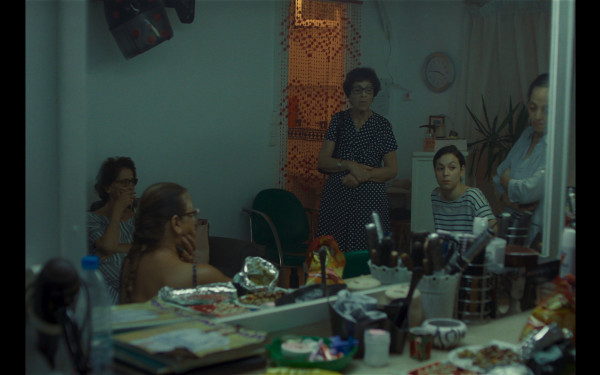Interactive Film From FNC Invites Viewers to Choose the Story
Over 500 Different Segments Incorporated into the Making
A man is holding you at gunpoint in an empty parking lot.
“Get in the car,” he orders. Obey or run. Whatever you choose, be prepared for the consequences.
That is the basis of the newly released interactive film Late Shift, screened last Thursday at Cinema du Parc as part of the Festival du nouveau cinéma de Montréal.
“It started off with me watching movies and witnessing characters doing things and me not agreeing with the hero’s decisions,” said Tobias Weber, director and writer of the indie-thriller.
“Witnessing the impossible choices they had to make was very interesting and I thought, how would I make a choice like this?” Weber asked.
Ultimately, he wanted to pass this decision-making ability to his audience.
Before the film started, rather than the usual announcement about silencing phones, the projection on the screen read: “Please download the CtrlMovie app.” The app gave the audience the capacity to interact with the film in real time by choosing between two or three options presented to them. The majority decision would then dictate the outcome of the scene.
Engaging the audience in this way fit completely within the theme of actions and consequences. The main character—for whom the audience makes decisions for—is a student focused on probabilities. The way he weighs his options helps the viewer make more educated choices.
With 180 choices to make, each decision the audience makes alters the story in some way. Your partner in crime, May-Ling, is hurt from a car crash. The police arrive. Convince May-Ling to come with you, or leave her. Every call you make opens up a certain segment of the four hours of filmed material to culminate into a consistent and flowing plot.
But this flawless linking of scenes was no easy feat—it took three years to create this divergent experience. A flow chart script was needed to weave in 500 different segments.
“There was no room for improvisation,” said Caroline Feder, an associate producer on the film. A lot of work was brought into not losing the plot so the viewer could follow the 200 branches of the story.
To execute this new cinematic experience they created a video editing software called “CtrlMovie,” the anchor of the project, which enabled them to create a multi-optional narrative.
“It was a great project, very challenging,” Weber said. “It was a great experience, but a tough journey.”
“It was a great experience, but a tough journey.”—Tobias Weber, director and writer of Late Night
Finance was another obstacle the project faced. “No one had seen anything like it so people wouldn’t trust us to pull it off,” Weber explained. The team was looking at a budget of 1.5 million Swiss Francs.
“Film funding said: ‘Well you’re a game right? No money from us,’” Weber said. “But on the other side it was the same answer: ‘Hello, this is not a game, this is a movie—come on!’ We fell in between the cracks.”
The directing team decided to go in the direction of a thriller because the concept lent “itself to that format, where you have a character that’s under pressure and by definition he hasn’t got all the options anymore to do whatever he wants,” according to Weber.
Weber’s team is currently brainstorming a drama flick—to bring attention to the little, interpersonal decisions we make everyday. You’re with a friend at a Chinese restaurant. She picks up a fortune cookie and hands you one. “What’s your fortune?” she asks. Do you tell her—or remain silent?
“You goofed up!” Weber exclaimed to the audience at the end of the Thursday screening. “There are seven endings—you almost reached the happy ending, but got close to some really bad ones,” he joked.
For those who missed Late Shift, fear not. The interactive movie can be purchased on the Apple Store for $9.99, and with the app, you can watch this film unfold in every way possible.

web_900_377_90.jpg)
_600_832_s.png)


2web_600_375_90_s_c1.jpg)

